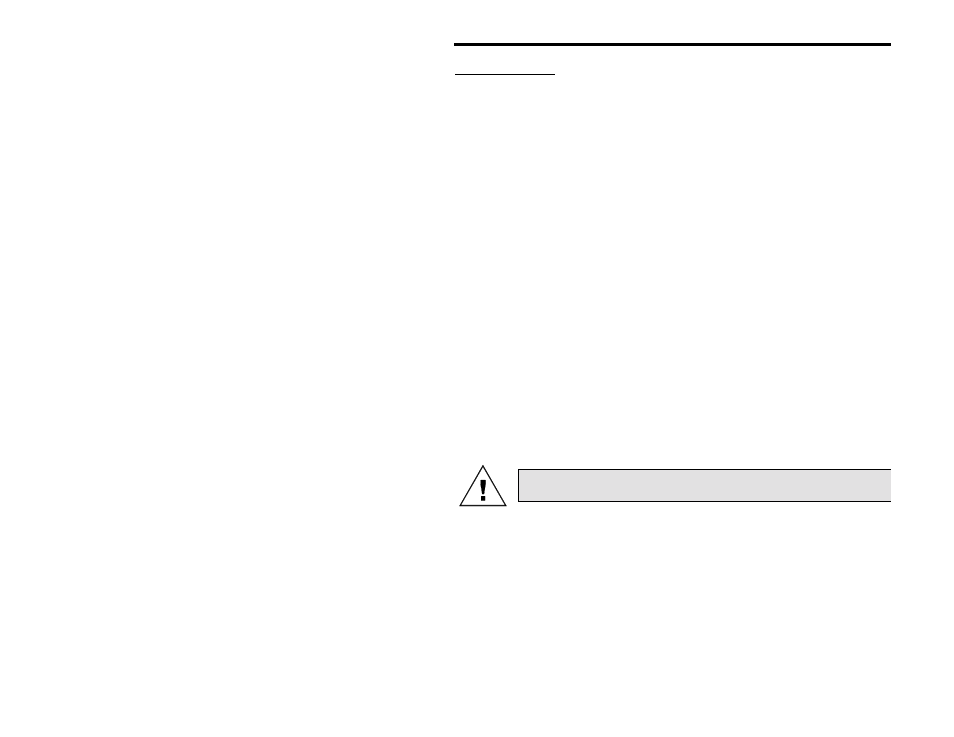Vectronics VEC-884 User Manual
Page 23

VEC-884 Owner's Manual
Installation Error! Main Document Only.-5
Passing Sidetone
Operators may listen to a station tone with different pitch than the sidetone of
their transmitter. In this situation, the DSP filter will attenuate the sidetone
and the operator will not be able to monitor his sending. There are two
methods of passing sidetone through the DSP filter.
XMIT/RECEIVE Connection
The
preferred method for passing sidetone is the use of the XMIT/RECEIVE
(transmit/receive) line on the DSP's To Radio port. All filter functions are
bypassed when the XMIT/RECEIVE line is pulled low. The transceiver's
sidetone and audio monitoring functions will appear at the DSP output without
digital filtering.
The XMIT/RECEIVE line should be connected to an output from your radio
that is pulled low when the radio goes into the transmit mode (such as an
output for an external RF amplifier). Radio manufacturers call such a line
many different names: Relay or RLY; NO or normally open; xmit, transmit or
send; or maybe even PTT.
If a linear amplifier is connected to the XMIT/RECEIVE line, a diode (1N4001
or equivalent) should be connected from the linear amplifier's control (relay)
jack to the XMIT/RECEIVE line. This diode prevents the amplifier from loading
the DSP's XMIT/RECEIVE line when the amplifier is turned "off." The anode of
the diode should be connected to the amplifier and the cathode (banded end)
to the XMIT/RECEIVE line.
Warning: Never connect the XMIT/RECEIVE line to negative
voltages or to positive voltage sources that exceed 35 volts.
The DSP has internal protection circuitry to help prevent other equipment
connected to the XMIT/RECEIVE line (such as a linear amplifier) from
damaging the unit.
